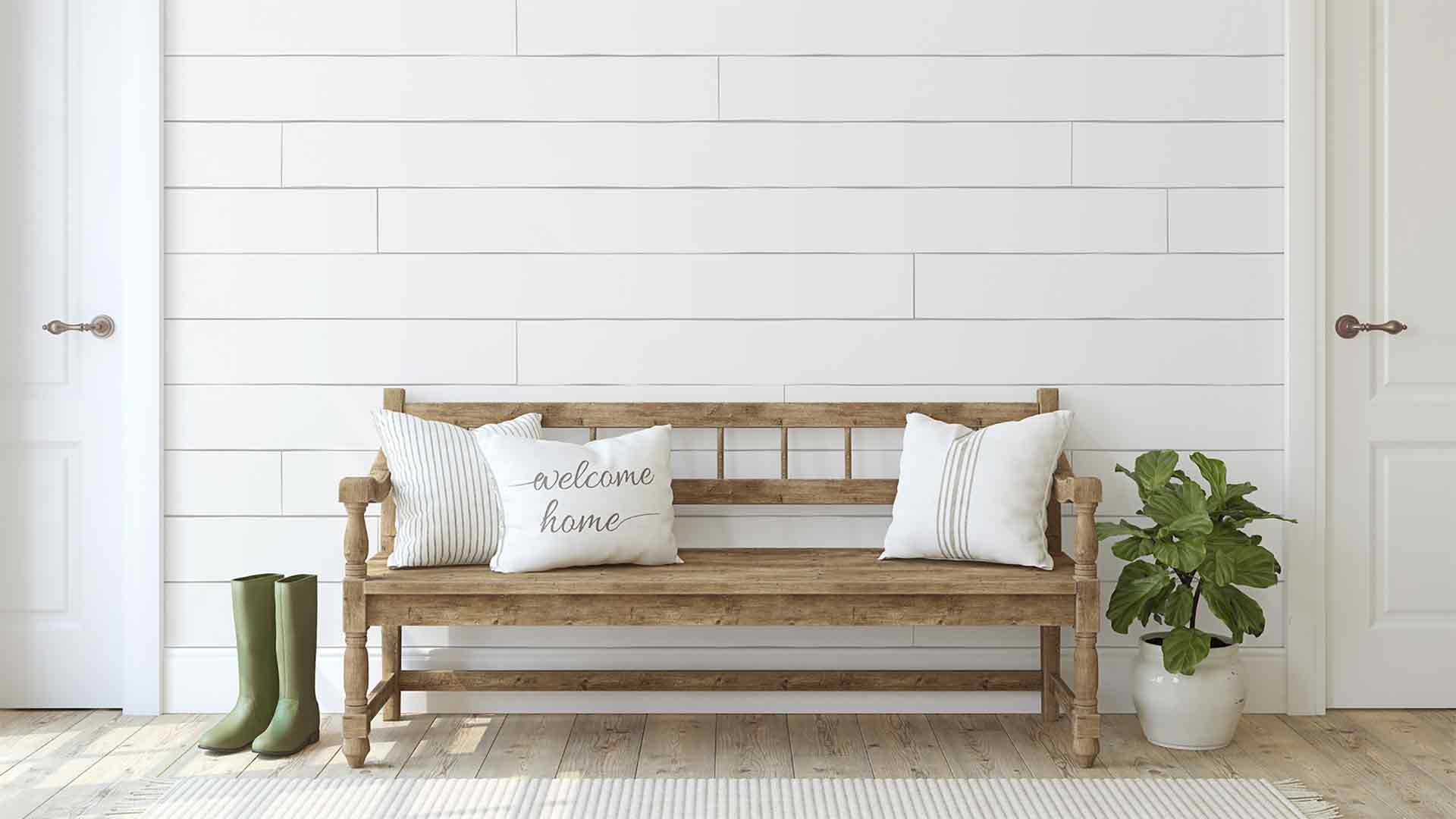While not required, interior wall insulation can make a big difference in your home’s comfort, energy efficiency, and safety. It regulates temperatures, reduces noise between rooms, slows fire spread, and minimizes moisture buildup that can lead to mold. Whether you’re building a new home or upgrading an existing one, adding insulation to interior walls is an easy way to improve livability.
The right insulation type depends on your goals—acoustic insulation for soundproofing, fire-resistant options for safety, or high-efficiency materials for better climate control. Here are the benefits and best options for insulating your interior walls
Energy Efficiency
If you can’t add insulation to your exterior walls—due to building codes or historical restrictions—insulating interior walls is the next best option. It won’t be as effective as exterior insulation; however, it still helps maintain a stable indoor temperature, reducing heating and cooling costs.
Interior insulation is especially useful in rooms you don’t use often, such as guest rooms, storage spaces, and seasonal rooms. Keeping those areas insulated prevents heated or cooled air from escaping into unused spaces, making your home more energy-efficient. Plus, interior insulation typically costs half as much as exterior insulation, making it a budget-friendly way to improve your home’s comfort.
Noise Reduction
Insulation absorbs sound waves, reducing the amount of noise that travels from one room to another. If you have a busy household with kids, pets, or frequent guests, adding insulation can make your home significantly quieter.
Even in smaller households, certain rooms like home offices, game rooms, children’s play areas, and even bathrooms, are ideal places to install noise-reducing insulation.
For the best soundproofing, choose materials denser than standard insulation, such as acoustic batts, mineral wool, or high-density fiberglass insulation. By design, these materials absorb sound vibrations more effectively.
Fire Protection
Fire-resistant insulation can slow the spread of flames, giving you more time to escape in an emergency. It also minimizes fire damage to your home.
Best fire-resistant insulation options:
- Mineral wool – Highly fire-resistant with a 1- to 3-hour fire rating. It won’t spread flames or produce smoke.
- Fiberglass & cellulose – Noncombustible, but may still allow some flame spread and smoke. Treated cellulose can achieve a 2- to 3-hour fire rating.
- Loose-fill insulation – Generally safer than batts because it lacks paper backing, which can burn easily.
Most residential insulation meets Class 1 Fire Rating standards, meaning it has low flame spread and smoke production. Choosing a high-rated fire-resistant material adds an extra layer of protection for your home.
Moisture Control
Everyday activities like cooking and showering release heat and humidity into your home’s air. When warm, humid air meets a cooler wall, condensation can form inside the wall—leading to mold, mildew, and wood rot. Proper insulation helps prevent this by regulating wall temperatures and reducing moisture buildup.
In cold or humid climates, adding a vapor control layer (VCL) is a smart move. These plastic sheets reduce—but don’t completely block—moisture transfer, allowing walls to dry out naturally. The right type of VCL depends on your climate, so check with a contractor before installing one.
Options for Interior Insulation
If you’re building a new home, installing batt or loose-fill insulation is equally easy. But if you want to add insulation to existing walls, you’ll need to decide whether to open up the walls or use a no-demolition option.
- Blown-in insulation (fiberglass, cellulose, or mineral wool): Can be installed through small holes (½ to 2 inches), making it a great option for existing walls without major renovations.
- Injection spray foam: Seals gaps better than blown-in insulation and can be added even if some insulation is already present. Ideal for making walls more airtight.
- Rigid foam board: Very efficient but expensive. Best suited for new construction or major renovations since it requires opening up the walls.
Adding insulation to your interior walls is a simple way to make your home quieter, more energy-efficient, and safer. The right insulation depends on your needs—so consider your priorities before choosing a material.






